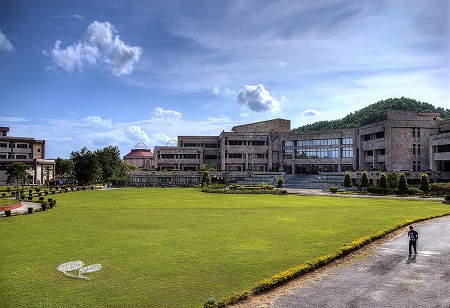IIT Guwahati Researchers Created an AI-Based Model to Predict the Severity of Knee Osteoarthritis Using X-Ray Scans
 Researchers from the Indian Institute of Technology Guwahati have created OsteoHRNet, a Deep Learning (DL)-based framework that autonomously assesses the severity of Knee Osteoarthritis (OA) from X-ray pictures. This AI-powered model can detect illness severity and remotely assist medical practitioners in making more accurate diagnoses.
Researchers from the Indian Institute of Technology Guwahati have created OsteoHRNet, a Deep Learning (DL)-based framework that autonomously assesses the severity of Knee Osteoarthritis (OA) from X-ray pictures. This AI-powered model can detect illness severity and remotely assist medical practitioners in making more accurate diagnoses.
Knee osteoarthritis is the most common musculoskeletal disorder in the world, accounting for 28% of all cases in India. There is no cure for advanced Knee OA other than total joint replacement. As a result, early detection is critical for pain treatment and behavioural modification. MRI and CT scans provide a 3-D view of the knee joints for accurate diagnosis of Knee OA, however their availability and cost are limited. X-Ray imaging is more effective and more cost-efficient for routine diagnostics.
Knee Osteoarthritis is the most common musculoskeletal disorder in the world and has a prevalence of 28 percent in India. There is no possible cure for Knee OA except total joint replacement at an advanced stage. Hence, an early diagnosis is essential for pain management and behavioural correction. MRI and CT scans provide a 3-D image of the knee joints for effective diagnosis of Knee OA but their availability is limited and expensive. For routine diagnosis, X-Ray imaging is very effective and more economically feasible.
The proposed approach is not a direct plug-and-play of popular deep models. The AI-based model uses an efficient Deep Convolutional Neural Network (CNN) i.e an algorithm from image recognition.
This model predicts knee OA severity according to the World Health Organization (WHO) approved Kellgren and Lawrence (KL) grading scale that ranges from grade 0 (low severity) to 4 (high severity). It is built upon one of the most recent deep models, called the High-Resolution Network (HRNet), to capture the multi-scale features of knee X-rays.
Speaking about the further application of this work Professor Arijit Sur, Department of Computer Science and Engineering, IIT Guwahati said, “Although simple, the proposed model may be a good starting point for analysing inexpensive radiographic modalities such as X-rays. Our group is currently focusing on how efficient Deep Learning-based models can be designed so that we can work on inexpensive and easy to available modalities such as very low-resolution radiographic images or even photos taken from radiographic plates by a smartphone”.

